- This topic has 1 reply, 12 voices, and was last updated 15 years, 5 months ago by
 nca.
nca.
-
AuthorPosts
-
July 23, 2008 at 11:16 pm #177225
Anyone have a graphics mentor? Who is your biggest influence with regards to graphic rendering and why?
I am curious to know who has influenced our profession the most graphically speaking…..
Is there anyone out there pushing the envelope and really bringing graphics to a new level not yet seen?
Anyone care to comment……?
July 24, 2008 at 2:11 am #177254 ncaParticipant
ncaParticipantHere are a few of my own experiments over the past few semesters….I second Dennis Allain (Tommy Wang, Michael Doyle, Chip Sullivan, Chris Grubbs, Jeff Stikeman, Herb Schaal et al….)
These samples are all 100% Digital…Some 2D, some 3D, some freehand..
2D Digital Paint in Photoshop with “chalk brush” Original was much larger, this is a small sample of the original composition. Very long time–probably around 6 hours.
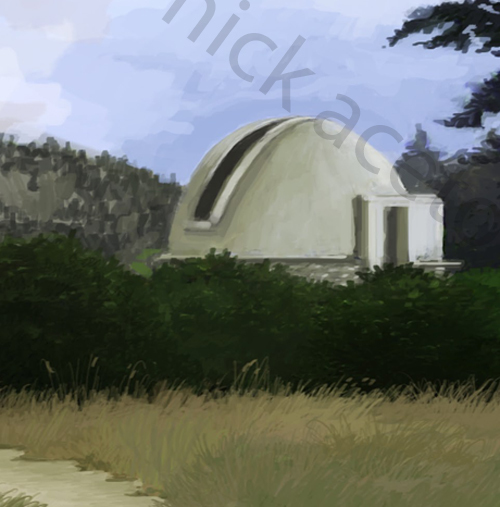
Night..
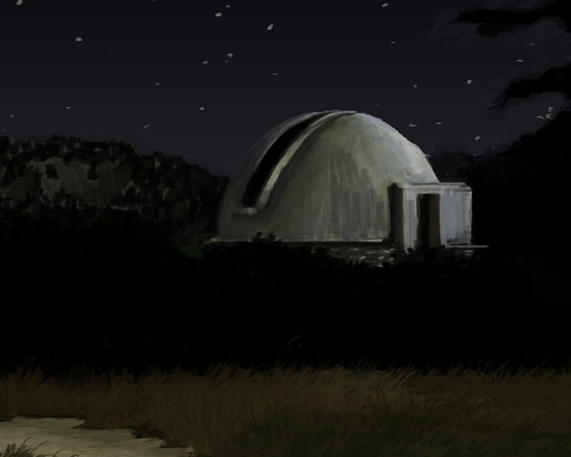
Blocky Digital Painting 2-3 hours..same project
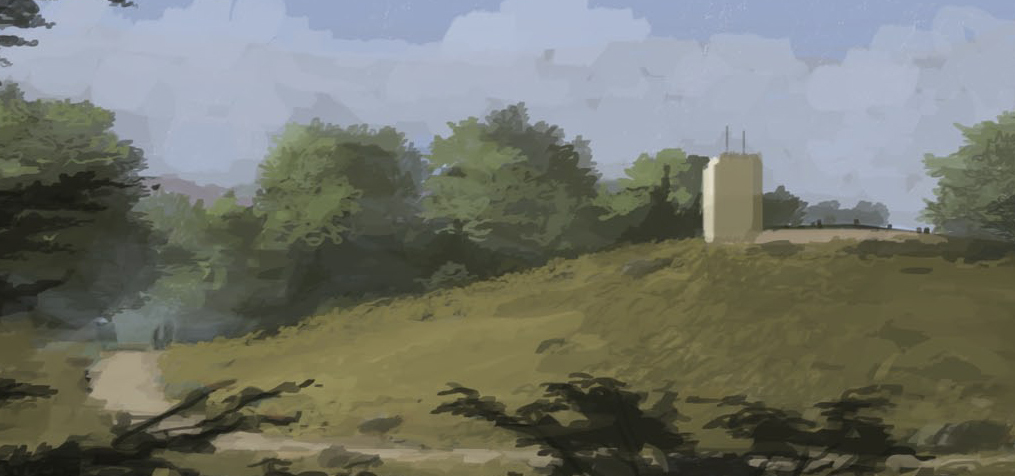
Flight 93 Competition Inspired 2D photoshop Brushes..

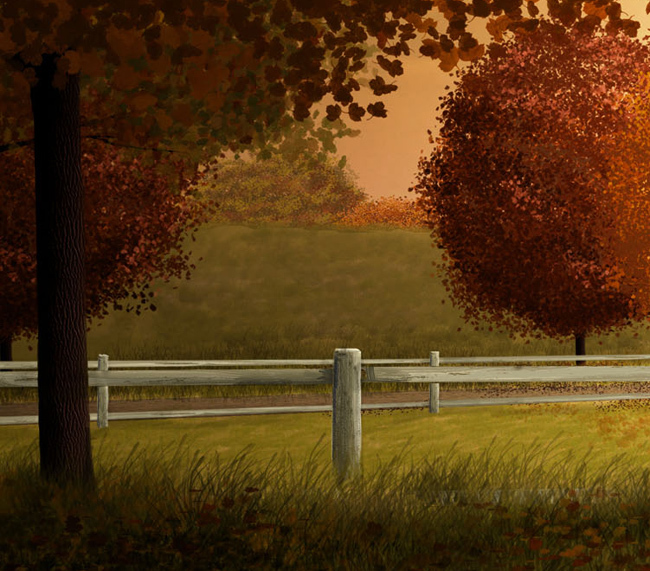
Some 3D, Imagery, and Freehand Sketching (Inspired by MVVA Drawings)..A few hours..Again, these are all samples from larger compositions, to show detail..
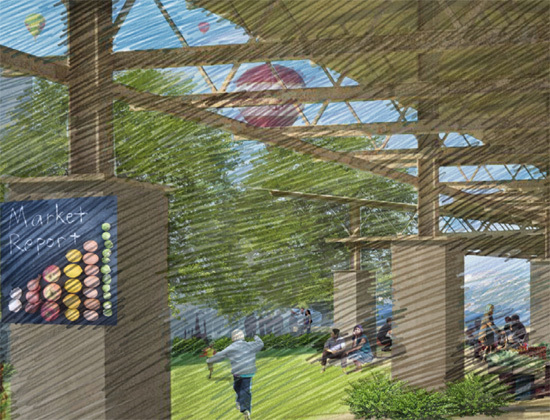 July 24, 2008 at 2:25 am #177253
July 24, 2008 at 2:25 am #177253 ncaParticipant
ncaParticipantSome of the full comps…
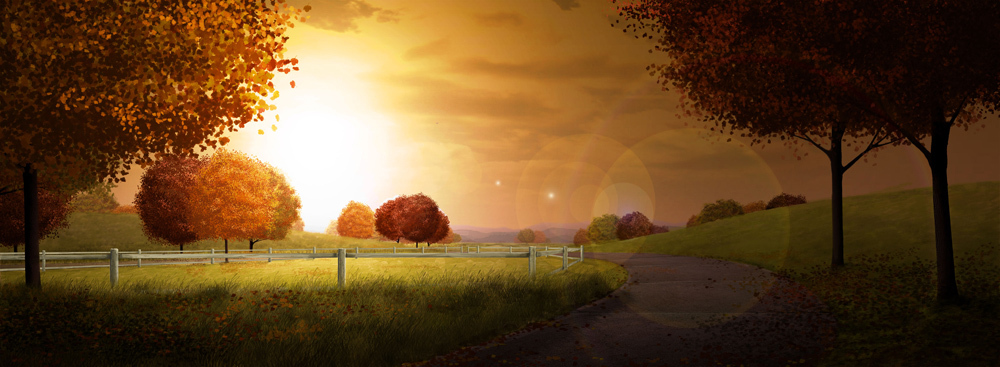
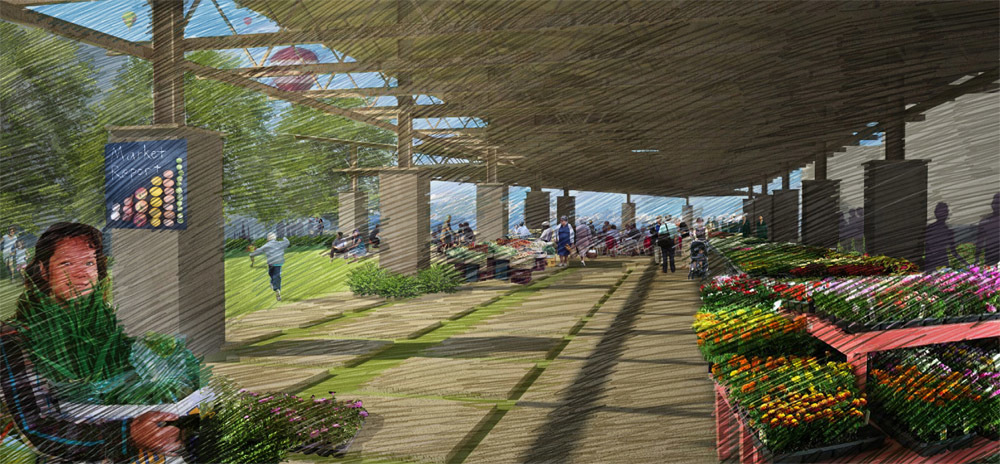 July 24, 2008 at 4:12 am #177252
July 24, 2008 at 4:12 am #177252 ncaParticipant
ncaParticipantLikewise…
I really like this last one^…Was this done in photoshop with a custom brush you created? Or Painter?
July 24, 2008 at 4:14 am #177251 ncaParticipant
ncaParticipantBrian/Brandon-
If you haven’t already checked it out, there are some great videos on digital painting and concept art, etc put out by Gnomon Workshop. I have a DVD of theirs featuring Dylan Cole, it’s great…
July 24, 2008 at 2:14 pm #177250Wow!!!!
Those are some great renderings……Thanks for those references……to those websites…..I love that style….
July 24, 2008 at 2:19 pm #177249I think graphics are so important to our profession……I don’t think that we emphasize them enough…..It is important to remember that graphics are one of the most important means we have to communicate and convey ideas and emotion……It is through those ideas and emotion that people come to understand vision and make decisions to move forward in the design process…..
July 24, 2008 at 2:26 pm #177248I am very impressed with your work Brian and Nick……Digital rendering is very cool! I still am holding strong to hand graphics……I have been heavily influenced by the likes of Richard Scott (http://www.graphicsteacher.com), Michael Doyle, Mike Lin…..The main thing I am learning is to look beyond our profession for inspiration and influence from other artists and designers……It is always nice to bring a new and unique flavor to our profession with regards to graphics…..
Of late, Richard Scott has been a major influence on my hand graphics…..He has a unique flavor to his graphics…..If anyone reading this has any interest in learning the easiest way on the planet to perspective sketch or color render then I highly suggest you check out one of his workshops…..http://www.graphicsteacher.com
They have greatly helped me……
Anyone know of any great workshops besides mike lin that they would recommend?
July 24, 2008 at 4:21 pm #177247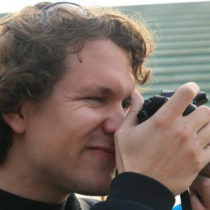 Adam TrujilloParticipant
Adam TrujilloParticipant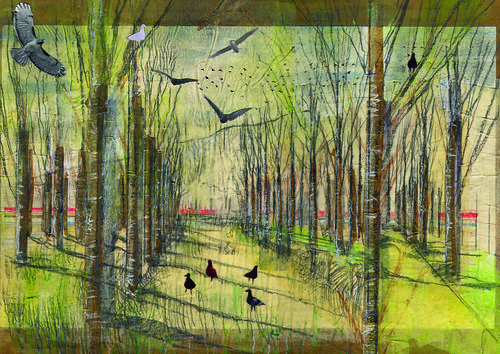
I have a lot of different techniques. Some purely digital while others are purely hand drawn and painted, what me and my mentor, Andy Wilcox who teaches at CSU Pomona’s LA Dept., like to call built images. We call it this because the image is created by having several layers of trace paper, glue, paint, collaged images, pencil, wax pencil and just about anything else you can get your hands on. Within a year of learning this technique I’ve been able to produce nice quality graphics that bring depth and character to my projects. You can view his work on his flickr site at http://flickr.com/photos/aowilcox/sets/72157604716594913/
 July 24, 2008 at 8:11 pm #177246
July 24, 2008 at 8:11 pm #177246 ncaParticipant
ncaParticipantAdam,
Those pieces are very nice. I’d like to explore more “manual” styles this coming semester as I think the computer and even traditional hand rendering can really bog you down. Thanks for sharing those. Good work.
July 24, 2008 at 10:23 pm #177245 Adam TrujilloParticipant
Adam TrujilloParticipantNick,
I would highly suggest it. It was nice just using my studio time to do this. and they aren’t that big. I just used 11×17 scrap cardboard and glued down my base perspective image that i made from sketch up and started gluing (water down, but not too watered down) trace paper to be able to draw over and paint over when it dried. go check out that flickr link i posted. andy wilcox is a master to this technique!Nick Aceto said:
Adam,Those pieces are very nice. I’d like to explore more “manual” styles this coming semester as I think the computer and even traditional hand rendering can really bog you down. Thanks for sharing those. Good work.
July 24, 2008 at 10:56 pm #177244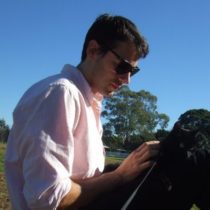 Ryland FoxParticipant
Ryland FoxParticipantBrandon Reed said:
I think graphics are so important to our profession……I don’t think that we emphasize them enough…..It is important to remember that graphics are one of the most important means we have to communicate and convey ideas and emotion……It is through those ideas and emotion that people come to understand vision and make decisions to move forward in the design process…..I kind of think the opposite of this. Too often all we are turning out is pretty pictures that are disguising what
is very bland design. Obviously this happens in other design professions also but the difference there is that
beyond graphics they are using technology to actually inform their designs and create new forms, ideas and processes. Whereas we in landscape (for the large majority) are stuck at the pretty picture stage. Of course graphics are important but computers can do a lot more for us.July 24, 2008 at 11:46 pm #177243 ncaParticipant
ncaParticipantI know what Brandon is saying. What would you suggest?
I use some 3D, but keep it fairly limited. I have a feeling you’re going to start talking about Frank Gehry any minute
My thought is that if you can’t sketch it, model it, or at least dream it without the aid of a computer you certainly shouldn’t bother taking the time to actually render it.
I understand what youre saying about the “pretty picture,” but to the defense of the artists, I’ve personally seen many well-thought out, developed ideas get bagged for lack of proper graphic representation. In school it seems great ideas often die before conception, so I think learning an ITERATIVE illustration technique is key unless you want to slave behind long renders all your career-span. On the other hand, all too-often lately in school I see students making outlandish shapes and contorted and contrived compositions modeled in the latest 3D software, staring, waiting to see what comes out on the other end…usually it’s the wrong end IMO.
RFox said:
Brandon Reed said:I think graphics are so important to our profession……I don’t think that we emphasize them enough…..It is important to remember that graphics are one of the most important means we have to communicate and convey ideas and emotion……It is through those ideas and emotion that people come to understand vision and make decisions to move forward in the design process…..I kind of think the opposite of this. Too often all we are turning out is pretty pictures that are disguising what
is very bland design. Obviously this happens in other design professions also but the difference there is that
beyond graphics they are using technology to actually inform their designs and create new forms, ideas and processes. Whereas we in landscape (for the large majority) are stuck at the pretty picture stage. Of course graphics are important but computers can do a lot more for us.July 25, 2008 at 1:07 am #177242 Ryland FoxParticipant
Ryland FoxParticipantNick Aceto said:
I know what Brandon is saying. What would you suggest?
I use some 3D, but keep it fairly limited. I have a feeling you’re going to start talking about Frank Gehry any minuteMy thought is that if you can’t sketch it, model it, or at least dream it without the aid of a computer you certainly shouldn’t bother taking the time to actually render it.
I understand what youre saying about the “pretty picture,” but to the defense of the artists, I’ve personally seen many well-thought out, developed ideas get bagged for lack of proper graphic representation. In school it seems great ideas often die before conception, so I think learning an ITERATIVE illustration technique is key unless you want to slave behind long renders all your career-span. On the other hand, all too-often lately in school I see students making outlandish shapes and contorted and contrived compositions modeled in the latest 3D software, staring, waiting to see what comes out on the other end…usually it’s the wrong end IMO.
RFox said:
Brandon Reed said:I think graphics are so important to our profession……I don’t think that we emphasize them enough…..It is important to remember that graphics are one of the most important means we have to communicate and convey ideas and emotion……It is through those ideas and emotion that people come to understand vision and make decisions to move forward in the design process…..I kind of think the opposite of this. Too often all we are turning out is pretty pictures that are disguising what
is very bland design. Obviously this happens in other design professions also but the difference there is that
beyond graphics they are using technology to actually inform their designs and create new forms, ideas and processes. Whereas we in landscape (for the large majority) are stuck at the pretty picture stage. Of course graphics are important but computers can do a lot more for us.I suppose my gripe is really a whole topic in itself. It is just frustrating for me to see architecture/industrial design/urban design etc really testing and exploring how emerging technologies can used in the process of design while landscape doesn’t seem that interested in it. The shapes you see being made in school will inform the architecture of the future, probably not how you see them now but parts will be made usable, problems worked out and successes carried on while failures are discarded. It is the process, testing and moving forward that I don’t really see happening in landscape.
Graphics wise I spent my last year of school working at a firm that taught me how to use coloured pencils. It was pretty fun but stressful when deadlines were coming up and knew there wasn’t enough time. I agree with you about having a process, having everything set up in advance is a huge help.
July 25, 2008 at 3:54 am #177241 ncaParticipant
ncaParticipantRF,
I understand what you’re point is and respect it. Still, just because everyone else is doing something one way doesn’t mean that is the correct way, or that there even is one. I know thisisn’t necessarily what you’re getting at, but I think it’s close. I have a quote by Paul Rand, a notable graphic artist who did the still unchanged logos for IBM and UPS (well, slightly changed maybe). The quote reads as follows:
“Trendiness is seductive, especially to the young and inexperienced, for the principal reason that it offers no restraints, is lots of ‘fun,’ permits unlimited possibilities for ‘self-expression.’ and doesn’t require conforming to the dictates of reason or aesthetics.” -Paul Rand
I have this quote in the signature line of my personal email and every once in a while I see it and re-read it, thinking about what that means to who I am doing at the moment. Not that I’m bitter
–But think about this quote when you look at some of the ASLA student awards this fall in LAM (Again, not that I’m bitter, right :). Historically, there is a HArvard GSD “look” and Penn “look” to the graphics and projects in general. I have a theory that the design isn’t typically that profound, but the graphic mood is very stylistically astute.
I would disagree that those “shapes” the other students are rendering in 3D are the forms and deign of the future, unless I misunderstood, but rather haphazard digital mastur….you get my point..
-
AuthorPosts
- You must be logged in to reply to this topic.




